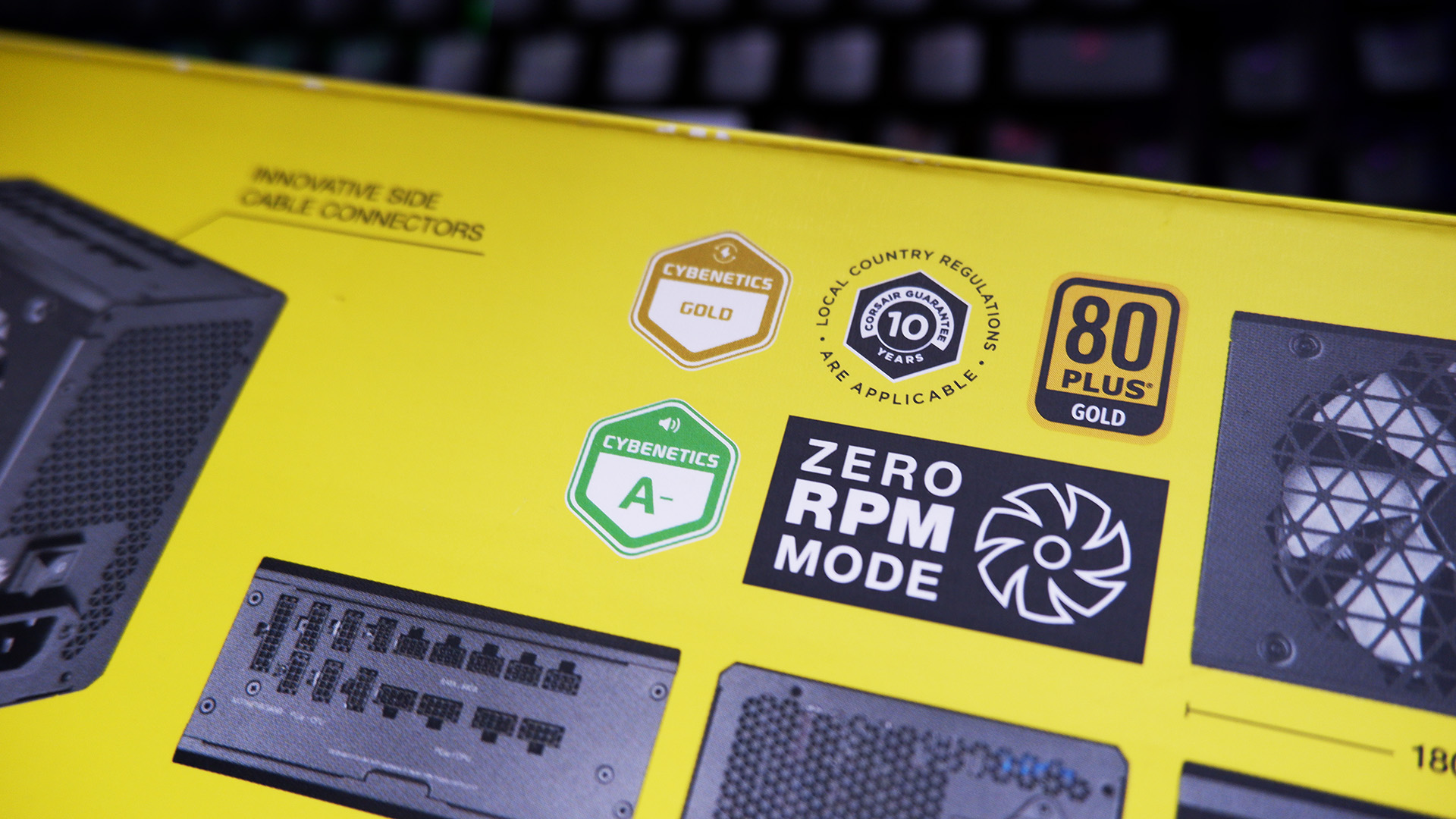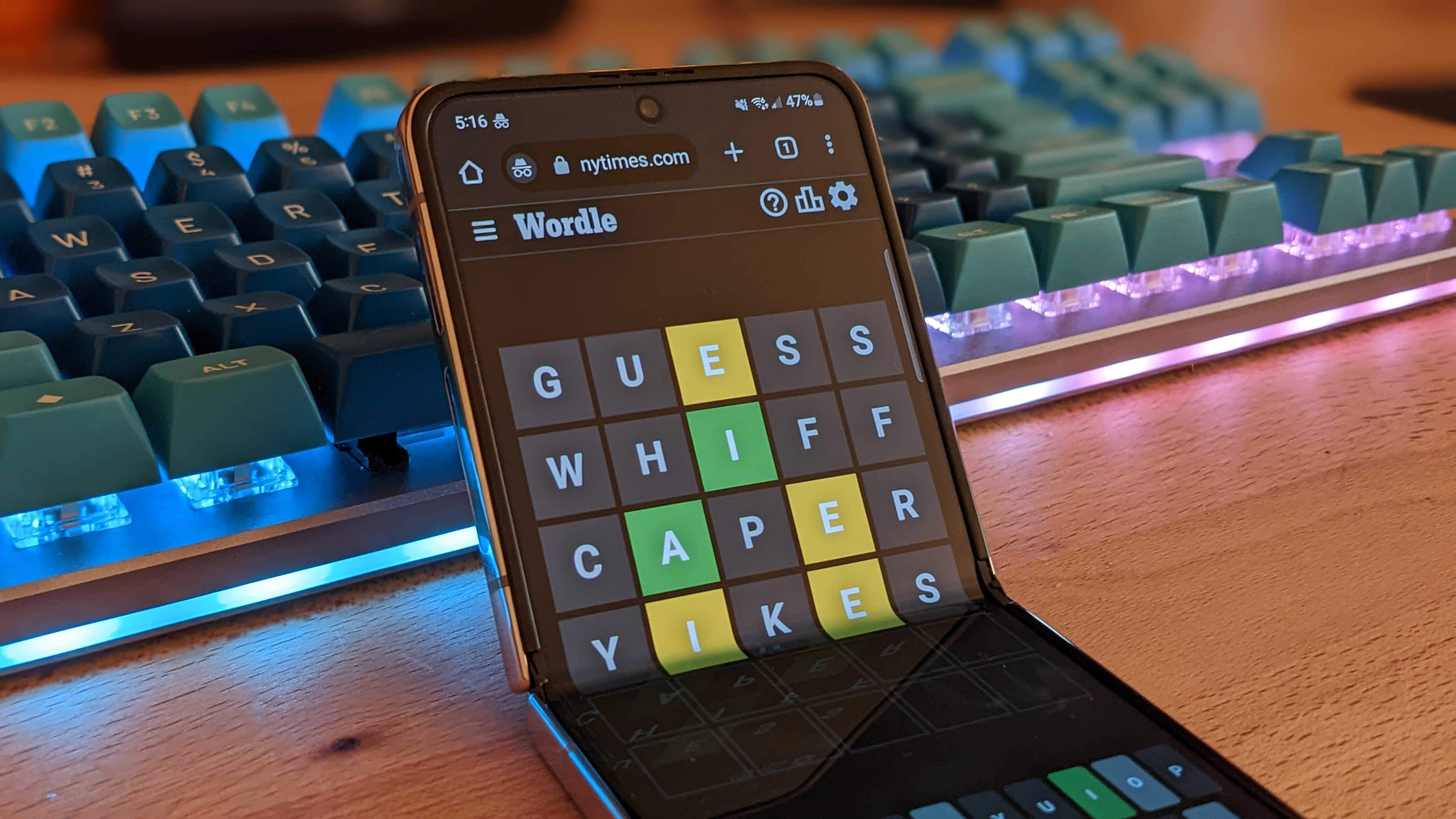
Get used to seeing Cybenetics Gold, Platinum, and Titanium.
Corsair is ditching 80 Plus ratings for its power supplies. Instead, it’ll opt exclusively for an efficiency standard from Cybenetics. Don’t worry, it’s a pretty easy switch to get your head around.
80 Plus Gold becomes Cybenetics Gold. 80 Plus Platinum becomes Cybenetics Platinum. You’re seeing a pattern emerge here, right? The Cybenetics range uses mostly the same system of metals to signpost efficiency as 80 Plus.
However, these efficiency ratings from Cybenetics, in Corsair’s own words, are a “more comprehensive assessment of PSU performance than its predecessor.”
“Cybenetics testing, however, is far more thorough and detailed than 80 Plus, leading to more accurate results.”
Some new ratings from Cybenetics won’t be entirely familiar to some, though. These are the Cybenetics Noise ratings, which offer a graded system from “standard” to “A++” for noise level measurements. The lower the grade, the more noticeable and loud a PSU is. You can read up on how Cybenetics tests PSUs a little more on its website, which also includes reports on heaps of recent power supplies and is a handy reference if you’re in the market.
Cybenetics’ CEO is Aris Mpitziopoulos, who we’ve trusted to review heaps of power supplies for PC Gamer and put together our best PSU for gaming guide over the years. He’s also someone who’s been quite outspoken about the limitations and issues he sees with the 80 Plus program.
“We are thrilled to have Corsair working exclusively with us, and we hope that the rest brands will follow soon”, Mpitziopoulos says. He also tells me Cybenetics is working on ISO 17065 certification, to apply for Energy Star, next.
The 80 Plus certification has been the de facto standard for efficiency ratings on PSUs. However, we have seen more and more manufacturers in recent years leaning towards Cybenetics certification as an alternative. That now includes Corsair, Thermaltake, FSP, MSI and even Intel.
Intel officially noted within its ATX specification documents for power supplies the validity of Cybenetics certifications, alongside 80 Plus. You can check out the full documentation here [pdf warning], though it’s not exactly light reading.






